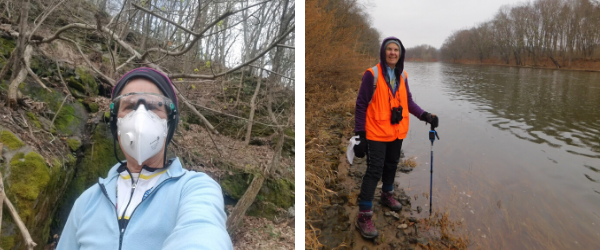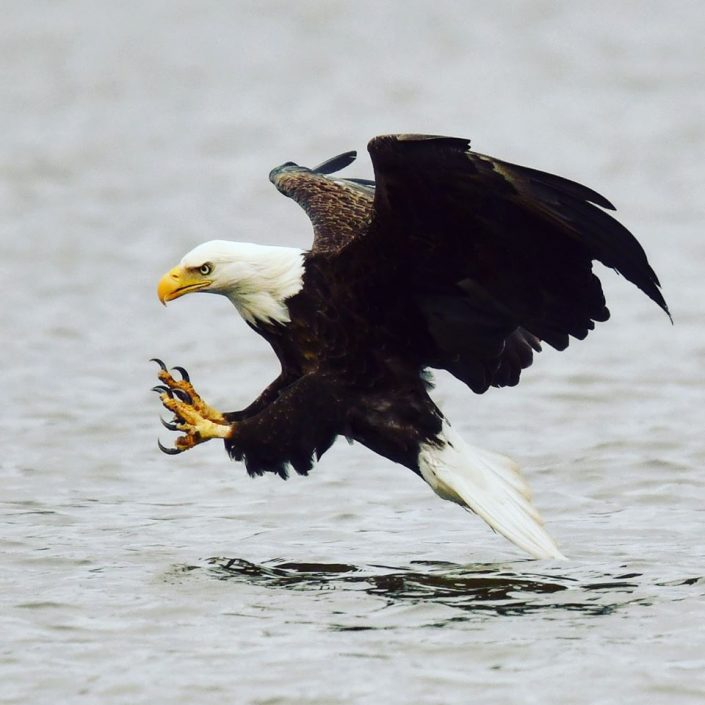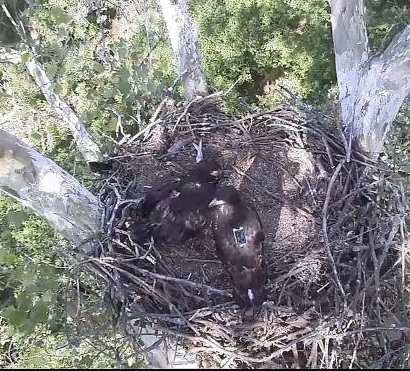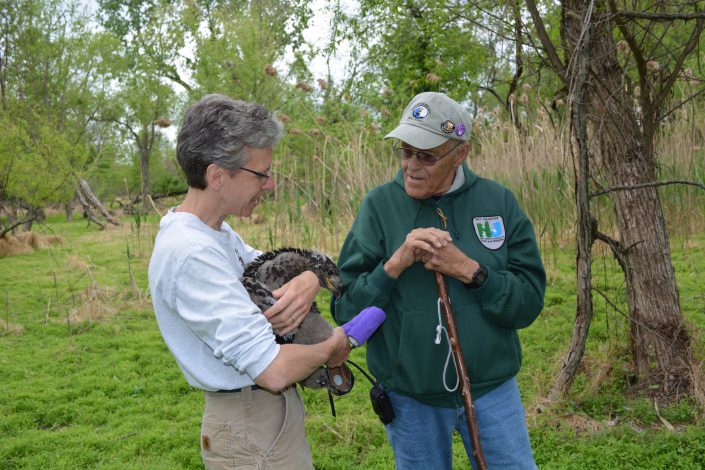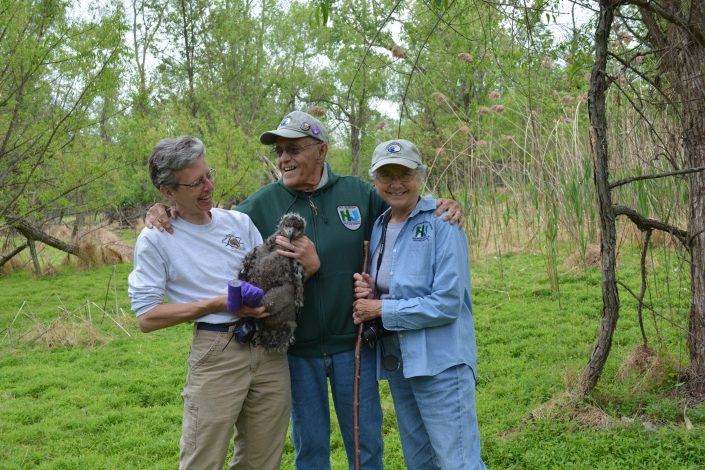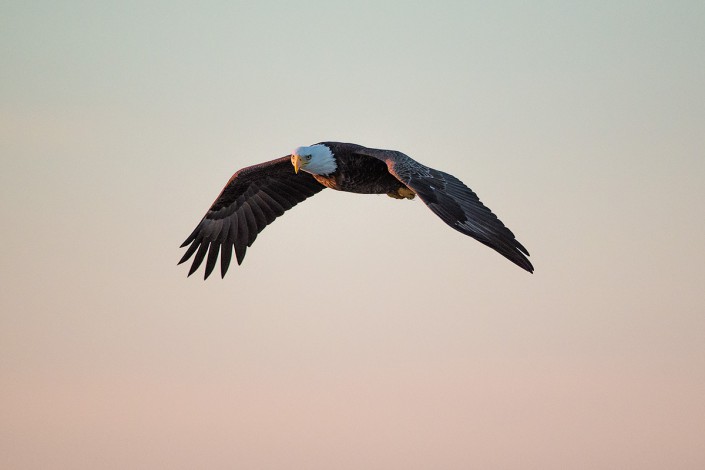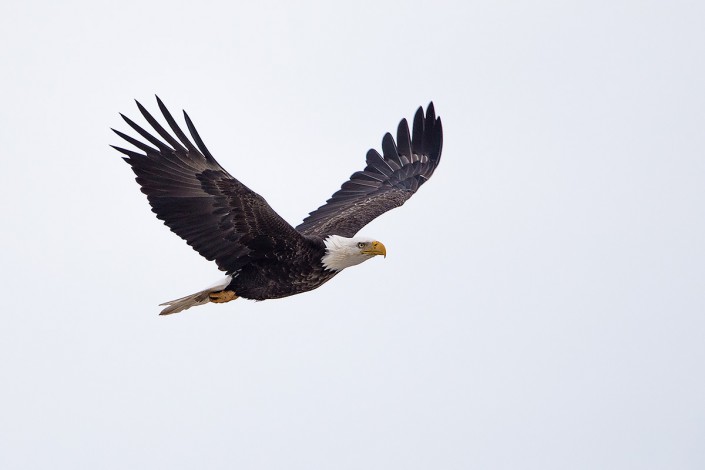Help Us Continue the Inspiring Recovery of New Jersey’s Bald Eagles: The first $5,000 donated will be matched dollar for dollar!
by Larissa Smith, CWF Biologist

None of us could have predicted what would happen in 2020, and that’s certainly true for New Jersey’s bald eagles.
When our eagle volunteers joined me at our kick-off training in February, we prepared as usual to monitor known nests and educate landowners and the public about the importance of minimizing disturbance to our breeding pairs.
We never imagined how important eagles would become to so many people during the COVID-19 pandemic. Dozens of you shared the wonder you felt in seeing eagles fly overhead, some for the first time. Eagles became a sign of strength and resilience for those staying at home, as well as those venturing out to do essential work.
And New Jersey’s eagle population soared – both literally and figuratively – breaking records with more than 200 active nests (with eggs) and 300 young fledged – up from just one pair in the early 1980’s.
We can thank our devoted eagle volunteers for this year’s success, as well as the individual, foundation, and corporate supporters who came through with funding to support our tireless efforts.
Unfortunately, not everyone who gave in the past, or who expected to give this year, donated as planned. And we recently learned that we’re losing our largest project funder for the coming season.
That is why I’m asking you to donate today to help CWF raise $10,000 to help cover the shortfall. Two generous donors have each put up a $2,500 match, which means that the first $5,000 donated will be matched dollar for dollar.


While having the best season on record is exciting news for all of us, important work remains to be done. Eagles still face serious threats of habitat loss and disturbance. The increasing population will require an even larger team of trained volunteers to observe nesting behavior and determine egg laying, hatching, and fledging dates. It also means an increase in the number of injured eagles which will need help. All of this takes time and resources.
For my part, I’m happiest when I’m outside working with bald eagles as I have for 20 years. After all, I’m a biologist, not a fundraiser! But in this case, I’m reaching out to ask for your support for the Eagle Project. We have overcome financial challenges in the past with the help of people like you. Whether you have always supported this project, or have newfound appreciation for these majestic raptors, please help us to ensure that this incredible success story continues to inspire all of us!
Thank you and stay safe.
Learn more about CWF’s Bald Eagle Project here.
Learn more about New Jersey EagleTrax here.
Watch the CWF/Duke Farms Eagle Cam here.

